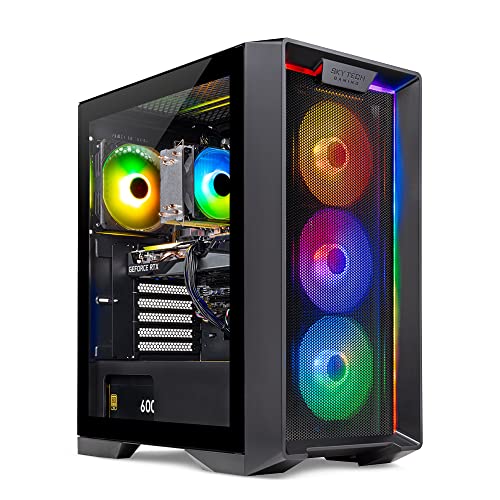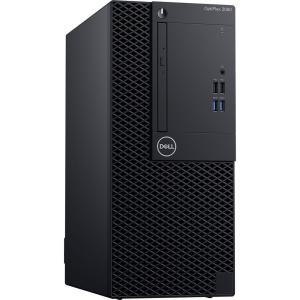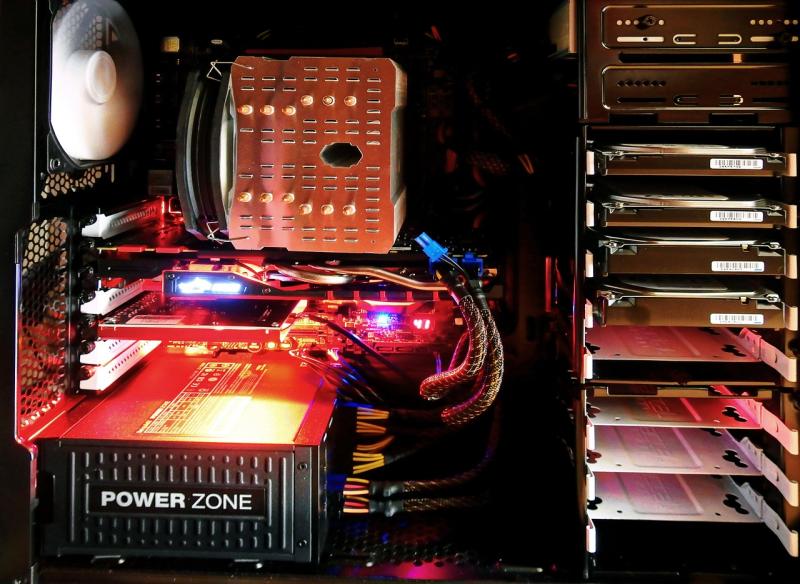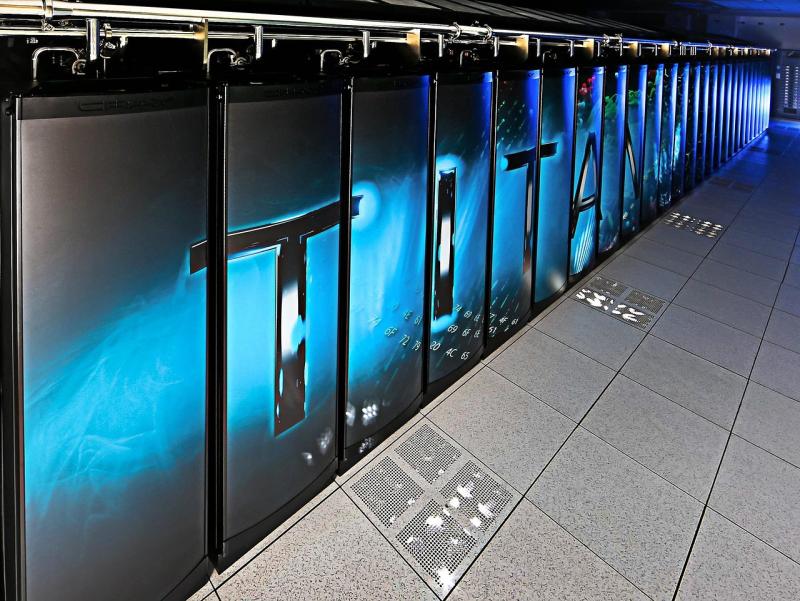**Introduction**
Virtual Reality (VR) and Augmented Reality (AR) are redefining interactive gaming and digital entertainment, creating highly immersive experiences that demand unprecedented levels of computational power. The hardware driving these experiences—from VR‑ready graphics cards to low‑latency displays and precision tracking sensors—is evolving at a breathtaking pace. In this article, we examine how advancements in PC hardware are fueling the next generation of VR/AR, transforming games into fully interactive virtual worlds and revolutionizing user experiences.
**Technological Innovations**
- **VR‑Optimized GPUs:**
Cutting‑edge NVIDIA GeForce and AMD Radeon GPUs now include features specifically designed to support VR, such as real‑time ray tracing and smooth frame rates at high resolutions. These help minimize motion blur and latency, critical for immersive VR experiences.
- **Ultra‑High Refresh Rate Displays:**
High‑frame‑rate monitors with resolutions ranging from 4K to 8K, along with low response times, provide a smooth and lag‑free visual experience essential for both VR and AR applications.
- **Advanced Tracking and Input Devices:**
Precision sensors, motion controllers, and haptic feedback devices enhance immersion by translating user movements with pinpoint accuracy, creating a coherent and natural digital environment.
- **Edge Computing and Cloud Integration:**
By offloading some processing tasks to localized edge networks or cloud servers, systems can deliver real‑time responsiveness, crucial for maintaining immersion in high‑action VR scenarios.
**Applications and Benefits**
- **Immersive Entertainment:**
Gamers experience lifelike interactivity in virtual environments where every move is rendered in ultra‑high definition, creating a deeply engaging gameplay experience.
- **Professional Simulation & Training:**
VR and AR technologies are transforming training in fields like medicine, aviation, and industrial design by creating realistic, interactive environments for safe, hands‑on practice.
- **Enhanced Social Interaction:**
Virtual meeting spaces and social VR platforms bring people together in immersive environments, improving collaboration and communication in remote work and social settings.
- **Education and Creativity:**
Interactive 3D learning environments allow educators and creatives to push the boundaries of conventional teaching and artistic expression.
**Future Directions**
Future hardware developments in VR/AR will likely include even more sophisticated motion tracking, improved resolution and refresh rates, and further integration with AI‑driven interface adjustments that adapt to user behavior. The convergence of cloud processing and edge computing is expected to lower latency even further, unlocking new possibilities for immersive digital experiences.
**Keywords:** VR gaming, AR experiences, immersive gaming, virtual reality hardware, augmented reality, high‑frame rate monitors, motion tracking, edge computing, interactive gaming
The Future of Immersive Gaming
Hardware Innovations in VR and AR
Related Articles
Essential High-Performance PC Components You Need Now
Upgrade your setup with the must-have parts for unbeatable gaming and productivity
Top Picks for Best High-Performance PCs
Find the perfect power machine for gaming, work, or creative projects
Your Guide to the Best High-Performance PCs
Find the Right PC for Your Gaming and Creative Needs
View our related products
See more






